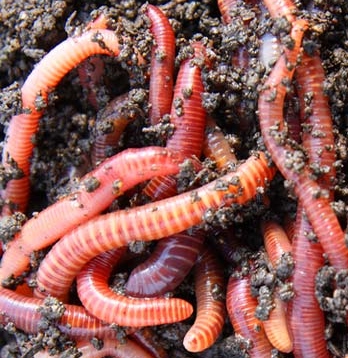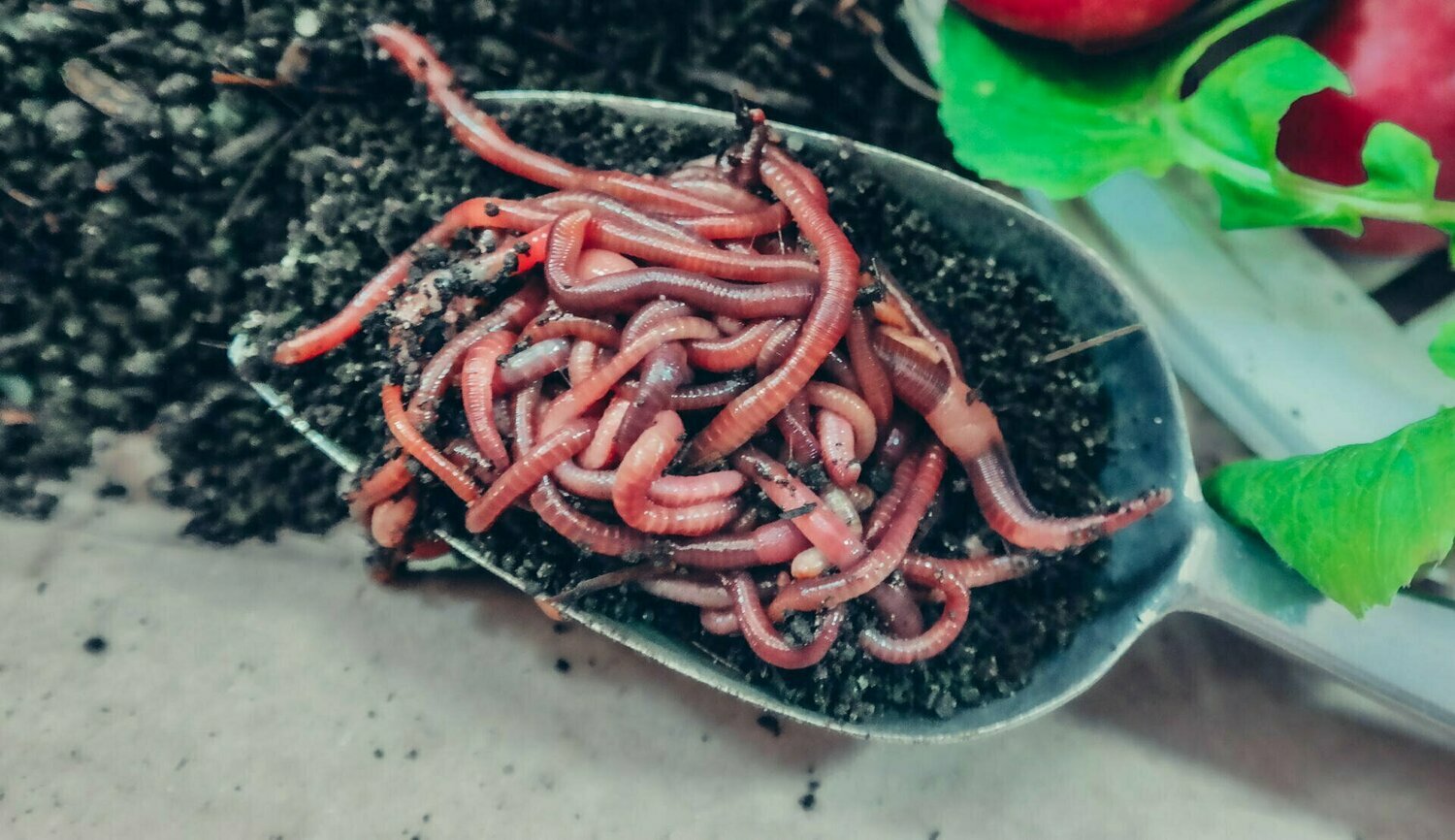Mastering Red Wiggler Composting: Vital Practices for Healthy Composting
Mastering Red Wiggler Composting: Vital Practices for Healthy Composting
Blog Article
Comprehending the Benefits of Red Wiggler Composting: How This Reliable Approach Changes Organic Waste Into Nutrient-Rich Dirt Amendments
Red Wiggler composting, employing the types Eisenia fetida, provides a compelling technique to organic waste administration, converting kitchen scraps and lawn debris into valuable soil changes. This approach not just improves soil fertility yet likewise addresses pressing ecological concerns, including land fill waste reduction and greenhouse gas discharges.
What Are Red Wigglers?
Red wigglers, clinically called Eisenia fetida, are a varieties of earthworm that play a pivotal function in vermicomposting systems. These worms are characterized by their reddish-brown shade, segmented bodies, and a distinct ability to prosper in organic-rich atmospheres, making them perfect for composting applications - Red Wiggler Composting. Unlike their garden-dwelling counterparts, red wigglers choose to live in the top layers of dirt, where rotting matter is abundant
Usually determining between 3 to 4 inches in size, red wigglers have a high reproductive rate, enabling them to multiply swiftly under optimum conditions. They possess an unique digestive system that allows them to process organic waste successfully, transforming it right into nutrient-rich castings, which are highly beneficial for plant development.
Their tolerance to differing dampness degrees and temperature level varies even more boosts their utility in vermicomposting setups, making them a popular choice amongst composting lovers. Additionally, red wigglers are cardio organisms, which requires a well-aerated composting atmosphere, making certain efficient disintegration. Recognizing the biological traits and behaviors of red wigglers is important for enhancing their use in sustainable waste management methods.

Advantages of Vermicomposting
Using the power of vermicomposting offers a multitude of environmental and farming advantages. It dramatically decreases natural waste in garbage dumps, therefore decreasing methane emissions, a potent greenhouse gas. By diverting food scraps and lawn waste to vermicomposting, we sustain a more lasting waste administration system.
Furthermore, vermicomposting improves dirt wellness. The spreadings produced by red wigglers are rich in necessary nutrients, germs, and enzymes, boosting soil framework and fertility. This nutrient-rich change advertises durable plant growth and boosts water retention, lowering the demand for chemical plant foods.
In addition, vermicomposting fosters biodiversity in the soil community. The intro of valuable microbes from worm spreadings help in condition suppression and nutrient cycling, developing a much healthier setting for plants.
Financially, vermicomposting reduces the expenses related to chemical inputs and waste disposal. Garden enthusiasts and farmers can cultivate top quality produce at lower expenditures, adding to food safety and sustainability.
Just How to Beginning Composting
Beginning a composting endeavor can be a satisfying and uncomplicated process. To begin, select an appropriate place that is well-drained and obtains partial sunlight. This will help preserve a well balanced temperature, important for the composting procedure. Next, select a garden compost container or develop a marked location in your yard, guaranteeing it is quickly accessible for including products and collecting compost.
Gather organic materials such as cooking area scraps, yard waste, and shredded paper. Go for a balanced mix of 'environment-friendly' materials, high in nitrogen (e.g., fruit scraps, coffee premises), and 'brown' materials, rich in carbon (e.g., dried out fallen leaves, cardboard) A ratio of about 2:1 environment-friendly to brownish materials is perfect.
Begin layering your materials, making certain ample air blood circulation by transforming the stack on a regular basis. This advertises cardio decay, speeding up and minimizing smells up the procedure. Display dampness degrees; the compost should really feel like a moist sponge but not extremely damp.
Nutrient Account of Vermicompost
Composting, specifically with red wigglers, yields a nutrient-rich item referred to as vermicompost. This organic modification is differentiated by its high focus of crucial nutrients, making it an indispensable source for horticulture and agriculture. Vermicompost typically includes elevated degrees of macronutrients such as potassium, nitrogen, and phosphorus, which are essential for plant growth. In addition, it offers micronutrients like calcium, magnesium, and iron, cultivating robust plant development and boosting soil wellness.
The microbial activity existing in vermicompost additionally enriches its account, presenting advantageous bacteria and fungi that advertise nutrient accessibility and uptake in plants. This organic part aids in suppressing plant investigate this site illness and improving dirt framework, bring about enhanced water retention and oygenation.

Environmental Effect of Composting
The environmental impact of composting, specifically with using red wigglers, is profound and diverse. This approach significantly decreases the quantity of natural waste sent to land fills, which in turn decreases greenhouse gas emissions, especially methane-- a potent contributor to basics environment adjustment. By diverting natural products from landfills, red wiggler composting not just helps minimize environmental destruction yet likewise advertises sustainable waste administration methods.

Furthermore, composting contributes to carbon sequestration, as the procedure records carbon dioxide from the ambience and shops it in the dirt. This all-natural process help in combating climate modification while enhancing the soil - Red Wiggler Composting. Generally, red wiggler composting provides a viable, eco-friendly remedy for waste management and environmental sustainability, promoting much healthier environments and a much more sustainable future
Conclusion
In conclusion, Red Wiggler composting serves as an effective approach for converting natural waste right into important soil amendments. The procedure not only improves soil fertility and structure however additionally minimizes ecological problems linked with waste disposal.
Red Wiggler composting, utilizing the varieties Eisenia fetida, presents a compelling technique to organic waste monitoring, transforming kitchen scraps and backyard debris right into important dirt modifications. Unlike their garden-dwelling equivalents, red wigglers choose to occupy the upper layers of soil, where decomposing issue is abundant.
The castings produced by red wigglers are rich in important nutrients, microorganisms, and enzymes, improving soil structure and fertility. The nutrient-rich byproducts of red wiggler task improve dirt structure, rise water retention, and promote biodiversity within the dirt environment.In final thought, Red Wiggler composting offers as an efficient check here approach for transforming natural waste into useful dirt changes.
Report this page